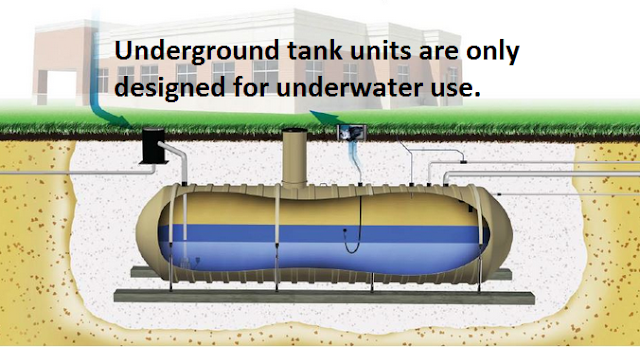Water is the worlds most precious commodity. Not only is water needed for survival, it is also a vital component for farming and vegetation. With this in mind, many families install water tanks in their residences to ensure an abundance of this essential liquid. There are, however, many rules that govern both above ground and underground tank installations.
For underground units, you cannot install them in areas where car traffic is heavy. This includes your driveway, along with walkways and paths that lead to and from your property. Similarly, these tanks must be fully certified and pass any and all inspections by local officials. In addition, they must never go above a certain temperature, which prevents tanks or cisterns from exploding and causing property damages.
Underground tanks can be made of aluminum, steel and even composite. However, you must get approval from your local HOA and water utilities company. The same also goes for those that want to install tanks of water for their businesses. The latter includes petrochemical companies, along with restaurants, recycling plants, and literally any industry or niche.
Underground tank units are only designed for underwater use. This means they have special components to handle wastewater, while not ruining or damaging the surrounding agricultural soils. At no time can underground units be used as above ground tanks. Failure to abide by these strict rules and guidelines can result in fines, as well as complete removal of these tanks at your cost.
Above ground tanks are designed only for above ground use. These large cisterns contain water that is safe for consumption, as well as cooking and bathing. They also have components that can catch rainwater for proper disposal.
Like underground tanks, above ground units must not be in areas of heavy driving or pedestrian traffic. You also need a license, as well as insurance to cover any damages that can occur to neighboring homes or businesses. The latter, however, usually does not occur since these tanks are designed for sturdiness, strength, and longevity.
There are several ways to decide on which units to install for homes or businesses. One of the best ways is to visit your local water and municipalities plant. They feature tanks for rental, as well as permanent installations for residences and industries. This is a good time to ask any questions as well, especially related to rules, regulations and governance violations. Remember, these units are only designed to store water and nothing else. Make sure you abide by these rules to avoid any fines or potential problems in the future.
For more information on installing water storage units, you can easily check Google or the web. For DIY projects, you will need a permit from your local water and utilities company. You will also need a water license, as well as documentation that show the area you want to install the units.
You can also find out more about water units by visiting local plants. They can help you review their installations, which is great for making a worthwhile and informed purchasing decision.
For underground units, you cannot install them in areas where car traffic is heavy. This includes your driveway, along with walkways and paths that lead to and from your property. Similarly, these tanks must be fully certified and pass any and all inspections by local officials. In addition, they must never go above a certain temperature, which prevents tanks or cisterns from exploding and causing property damages.
Underground tanks can be made of aluminum, steel and even composite. However, you must get approval from your local HOA and water utilities company. The same also goes for those that want to install tanks of water for their businesses. The latter includes petrochemical companies, along with restaurants, recycling plants, and literally any industry or niche.
Underground tank units are only designed for underwater use. This means they have special components to handle wastewater, while not ruining or damaging the surrounding agricultural soils. At no time can underground units be used as above ground tanks. Failure to abide by these strict rules and guidelines can result in fines, as well as complete removal of these tanks at your cost.
Above ground tanks are designed only for above ground use. These large cisterns contain water that is safe for consumption, as well as cooking and bathing. They also have components that can catch rainwater for proper disposal.
Like underground tanks, above ground units must not be in areas of heavy driving or pedestrian traffic. You also need a license, as well as insurance to cover any damages that can occur to neighboring homes or businesses. The latter, however, usually does not occur since these tanks are designed for sturdiness, strength, and longevity.
There are several ways to decide on which units to install for homes or businesses. One of the best ways is to visit your local water and municipalities plant. They feature tanks for rental, as well as permanent installations for residences and industries. This is a good time to ask any questions as well, especially related to rules, regulations and governance violations. Remember, these units are only designed to store water and nothing else. Make sure you abide by these rules to avoid any fines or potential problems in the future.
For more information on installing water storage units, you can easily check Google or the web. For DIY projects, you will need a permit from your local water and utilities company. You will also need a water license, as well as documentation that show the area you want to install the units.
You can also find out more about water units by visiting local plants. They can help you review their installations, which is great for making a worthwhile and informed purchasing decision.

Comments
Post a Comment